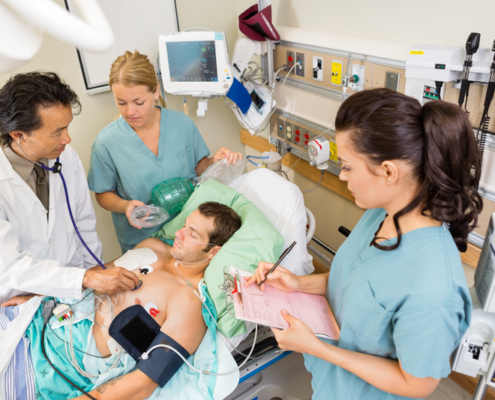
 https://cairntechnology.com/wp-content/uploads/2023/04/hospitalinfectionmay2023.jpg
533
800
Sarah Clements
https://cairntechnology.com/wp-content/uploads/2023/06/Cairn-logo_RGB-compact-3.jpg
Sarah Clements2023-05-16 06:08:572023-04-25 17:12:19How Does Infection Spread in a Hospital?
https://cairntechnology.com/wp-content/uploads/2023/04/hospitalinfectionmay2023.jpg
533
800
Sarah Clements
https://cairntechnology.com/wp-content/uploads/2023/06/Cairn-logo_RGB-compact-3.jpg
Sarah Clements2023-05-16 06:08:572023-04-25 17:12:19How Does Infection Spread in a Hospital?





